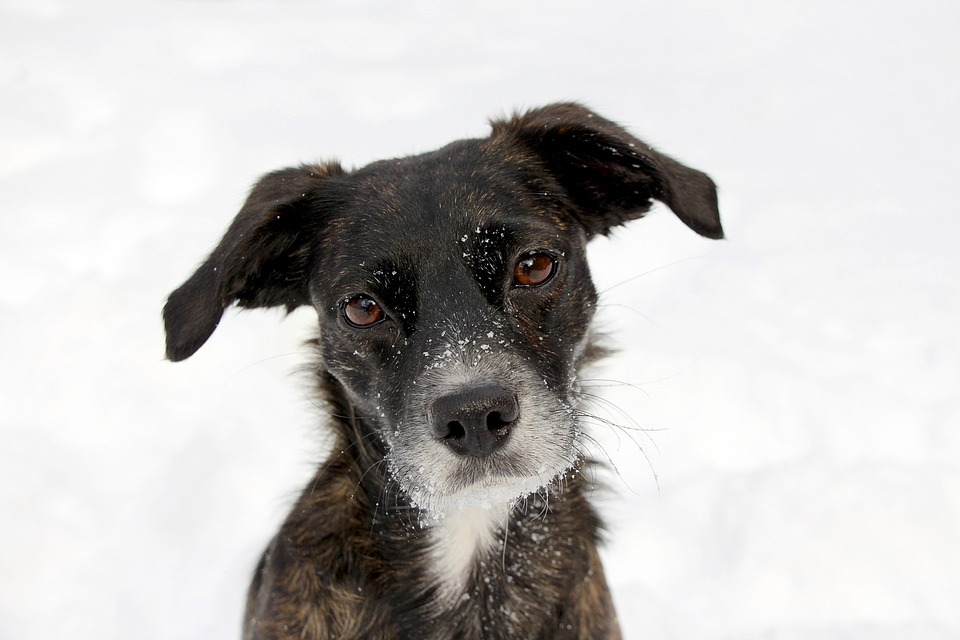Welcoming a new baby into your household is an exciting and joyous time. However, it’s important to remember that this transition can also be challenging for your furry friend. Preparing your dog for the arrival of a new baby requires careful planning and consideration to ensure a smooth adjustment for all members of your family. In this article, we will provide you with valuable insights and practical tips on how to prepare your dog for a new baby, ensuring a harmonious and safe environment for everyone.
Understanding Your Dog’s Behavior and Needs
Before diving into specific steps, it’s crucial to understand your dog’s behavior and needs during this transitional period. Dogs are creatures of routine and can become anxious or stressed when faced with unfamiliar situations. By recognizing and addressing their emotions, you can better help your dog adjust to the upcoming changes.
Gradual Exposure to Baby-Related Stimuli
Introducing your dog to baby-related stimuli gradually can help desensitize them and reduce potential anxiety. Start by playing baby sounds, such as crying or babbling, at a low volume. Gradually increase the volume over time, making sure to observe your dog’s reactions. Additionally, expose your dog to baby-related scents, such as baby powder or lotion, allowing them to associate these scents with positive experiences.
Establishing Boundaries and Safe Spaces
Setting boundaries is essential to ensure the safety of your dog and your new baby. Create designated areas in your home where your dog is allowed, and areas that are off-limits. Baby gates can be used to control access while providing a safe space for your dog to retreat to. It’s important to teach your dog to respect these boundaries well in advance of the baby’s arrival.
Positive Reinforcement Training
Positive reinforcement training is an effective way to prepare your dog for the arrival of a new baby. Reward desired behaviors, such as calmness and obedience, with treats or praise. This will help create positive associations and encourage your dog to repeat these behaviors. Consider enrolling in obedience classes or working with a professional dog trainer to reinforce positive behaviors.
Gradual Changes in Routine
Your dog’s daily routine is likely to change once the baby arrives. To avoid abrupt disruptions, gradually adjust your dog’s schedule in advance. If you plan to modify their feeding or walking times, make these changes gradually over a few weeks. This will help your dog adapt to the new routine without feeling overwhelmed.
Ensuring a Stress-Free Environment
Creating a stress-free environment is paramount for your dog’s well-being during this transition. Provide them with plenty of mental and physical stimulation through interactive toys and regular exercise. Engage in activities that your dog enjoys, such as playing fetch or going for walks, to maintain a positive bond and reduce anxiety.
FAQs
Q: Can I allow my dog to meet the baby immediately?
A: It is generally recommended to introduce your dog to the baby gradually and under controlled circumstances. Allow your dog to sniff the baby’s blanket or clothing before a face-to-face interaction. Always closely supervise these initial meetings to ensure the safety of both your dog and your baby.
Q: Should I change my dog’s diet before the baby arrives?
A: Sudden dietary changes can cause stomach upset in dogs. If you plan to switch your dog’s diet, do so gradually over a few weeks prior to the baby’s arrival to avoid any digestive issues.
Q: How can I prevent my dog from getting jealous of the new baby?
A: To prevent jealousy, ensure your dog continues to receive attention and affection from you and other family members. Involve your dog in positive interactions with the baby, such as supervised playtime or gentle petting, to reinforce positive associations.
Q: Are there any warning signs that my dog is not adjusting well to the new baby?
A: Watch for signs of stress or anxiety in your dog, such as excessive panting, pacing, or avoiding interaction. If you notice any concerning behaviors, consult with a professional dog trainer or animal behaviorist for guidance.
By following these guidelines and taking the time to prepare your dog for the arrival of a new baby, you can create a harmonious environment where both your dog and your baby can thrive. Remember, patience and consistency are key during this transitional period.









